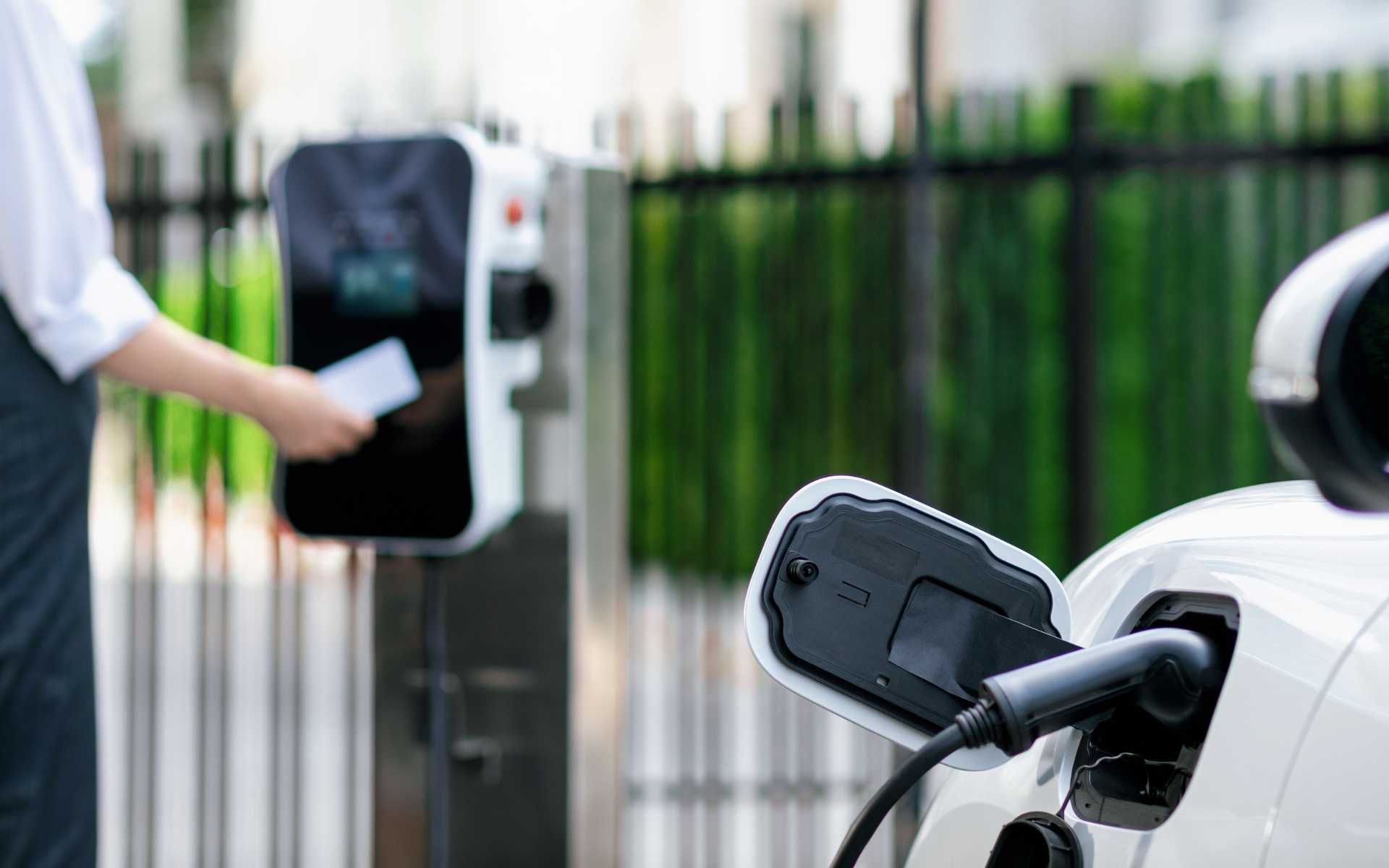Implementing Utility Demand Response Programs for Managing EV Charging Loads

4 Min. Read
As the electric vehicle (EV) market continues to grow, utility companies face the issue of meeting the increasing demand for EV charging while ensuring the grid can meet demands. Using demand response can allow utilities to remove some of the stress on the grid, improve stability, and promote energy-efficient charging behavior among EV users. This will allow for the EV market to continue to grow.
These demand response programs allow utilities to balance meeting the increasing need for EV charging and maintaining a resilient grid infrastructure that can meet the future growth of the EV market.
In this article, you’ll learn how demand response programs manage EV charging loads, promote energy-efficient behavior through load shifting, rate adjustments, incentives, and education, and ensure grid stability and reduced energy consumption.
Importance of Demand Response Programs for Managing EV Charging Loads
Utilities must stress the rollout of demand response programs specifically designed to manage EV charging loads. This will allow for the stress on the grid to be lowered during peak demand times, lowering the risk of overloads and potential outages.
One way to do this is load shifting, incentivizing EV owners to charge during off-peak hours when electricity demand is lower. This allows the load on the grid to be distributed more evenly, reducing strain and balancing energy distribution.
Enhancing Grid Stability and Reliability
In addition, to load shifting, demand response programs contribute to grid stability and reliability by changing charging rates based on grid conditions. These adaptive measures help optimize the energy system by aligning charging patterns with the availability of resources and the overall health of the grid. By dynamically managing charging rates, utilities can avoid excessive strain on the grid during periods of high demand or grid stress events, thereby enhancing grid stability.
Encouraging Energy-Efficient Charging Behavior Among EV Users
Furthermore, demand response programs foster energy-efficient charging behavior among EV users. By providing incentives and educating customers about the benefits of charging during periods of low demand or when renewable energy generation is at its peak, utilities can influence behavior that supports a more sustainable energy system. By actively promoting energy-conscious charging habits, these programs reduce overall energy consumption, maximize the utilization of renewable energy sources, and minimize the environmental impact of EV charging.
Strategies for Implementing Demand Response Programs for EV Charging
Utilities can employ a range of effective strategies for load management to implement successful demand response programs for managing EV charging loads. One key approach is the implementation of time-of-use pricing, where different rates are applied based on the time of day.
By offering lower electricity costs during off-peak hours, utilities can incentivize EV owners to charge their vehicles when the demand on the grid is lower. This helps to distribute the charging load more evenly throughout the day, reducing strain during peak demand periods and ensuring grid stability.
In addition to time-of-use pricing, the deployment of smart grid technologies plays a crucial role in managing EV charging. Advanced metering infrastructure and real-time monitoring systems allow utilities to gather valuable data on EV charging patterns. By analyzing this data, they can gain insights into charging behaviors, identify peak demand periods, and make informed decisions about load management.
Furthermore, these technologies enable utilities to remotely control charging rates and adjust and optimize the charging process in real time based on grid conditions.
Engaging Customers and Promoting Demand Response Participation
Engaging customers is important to implement demand response programs successfully. To effectively involve customers, utilities should prioritize clear and transparent communication regarding the benefits and requirements of participating in these programs. It is important that customers understand how their active involvement contributes to grid stability and the overall sustainability of the energy system.
By highlighting the positive impact of their participation, customers are more likely to feel motivated to engage in demand response initiatives.
Offering Incentives and Rewards for Participation in Demand Response Programs
One effective way to encourage customer participation is by offering incentives and rewards. Utilities can consider implementing discounted electricity rates during off-peak hours for EV charging or creating loyalty programs that provide additional benefits for program participants. These incentives serve as a reward for customers and a powerful motivator, increasing their willingness to participate in demand response programs actively.
Leveraging Digital Tools and Platforms for Seamless Customer Engagement and Load Management
Using digital tools and platforms is another important aspect of engaging customers in demand response programs. Utilities enable EV owners to monitor and manage their charging preferences by providing easy-to-use and user-friendly digital interfaces. These platforms can give real-time data on electricity prices, charging availability, and grid conditions, allowing customers to make informed decisions about their charging habits.
Additionally, utilities can use these digital tools to send customers personalized notifications, reminders, and tips, further enhancing their engagement and providing a sense of collaboration in grid management.
Qmerit Makes Electrification Easy
Utility companies rely on demand response programs to address EV charging demand and maintain grid stability. These programs incentivize off-peak charging, balancing energy distribution and reducing strain while promoting energy-efficient behavior by educating users about optimal charging times. Implementation involves strategies like time-of-use pricing, smart grid technologies, customer engagement, and digital tools for load management.
Discover how Qmerit partners with utility companies to develop and implement demand response programs and how our strategies contribute to a more efficient and sustainable energy future.
Contact Qmerit today to optimize your utility’s approach to managing EV charging loads and support the growth of the EV market in your region.
